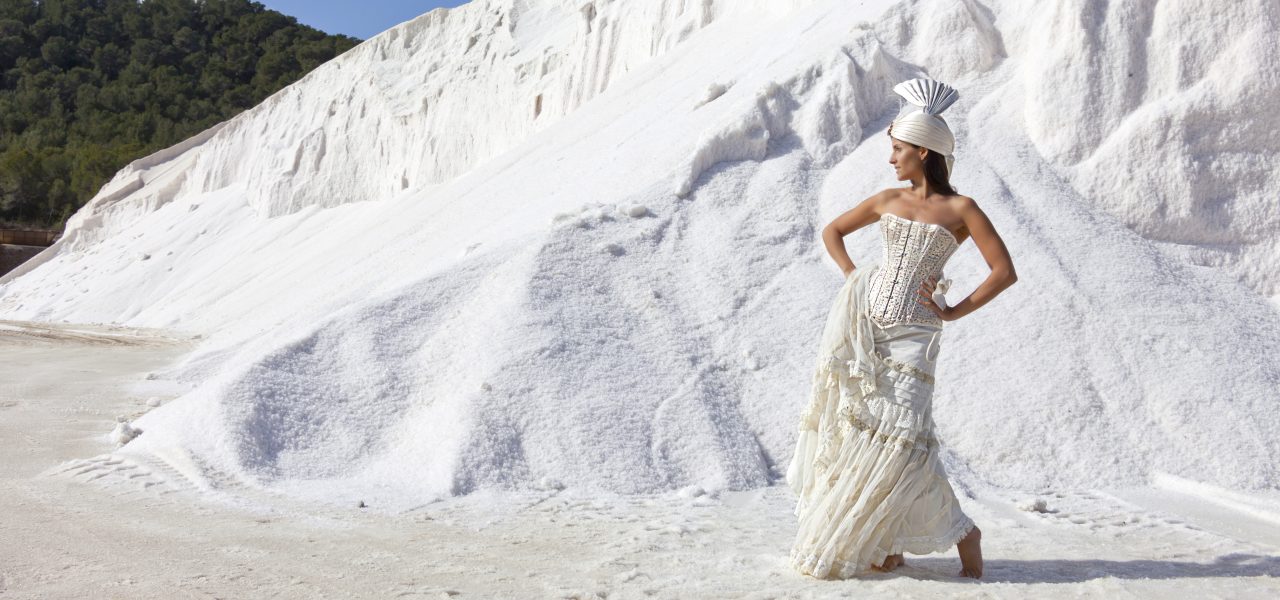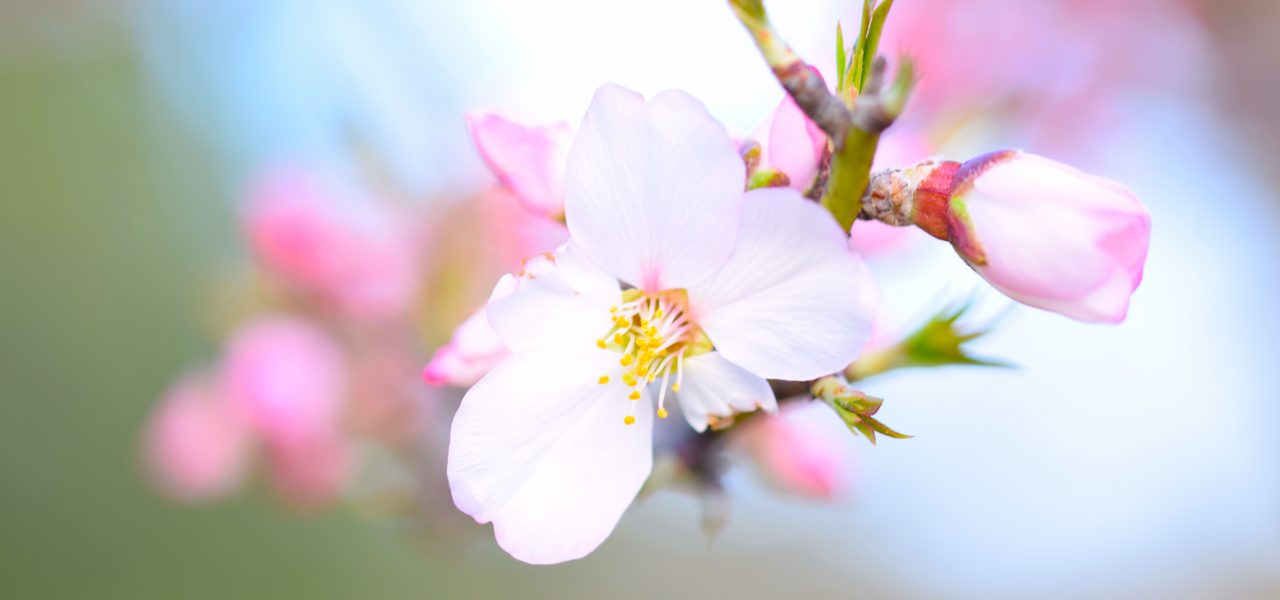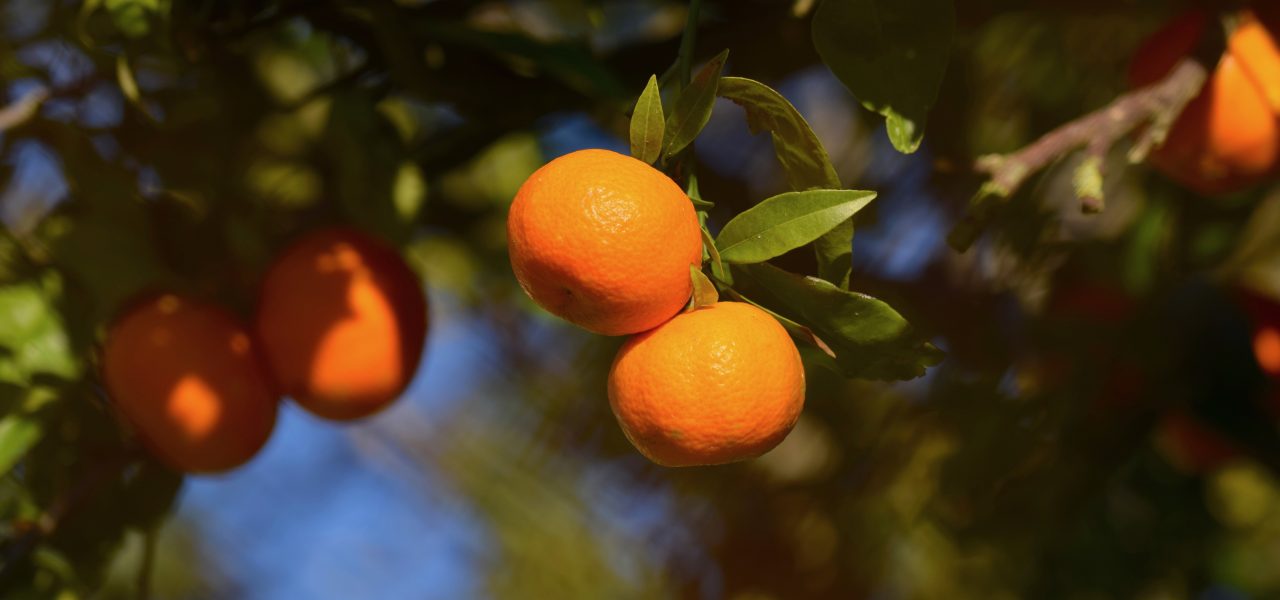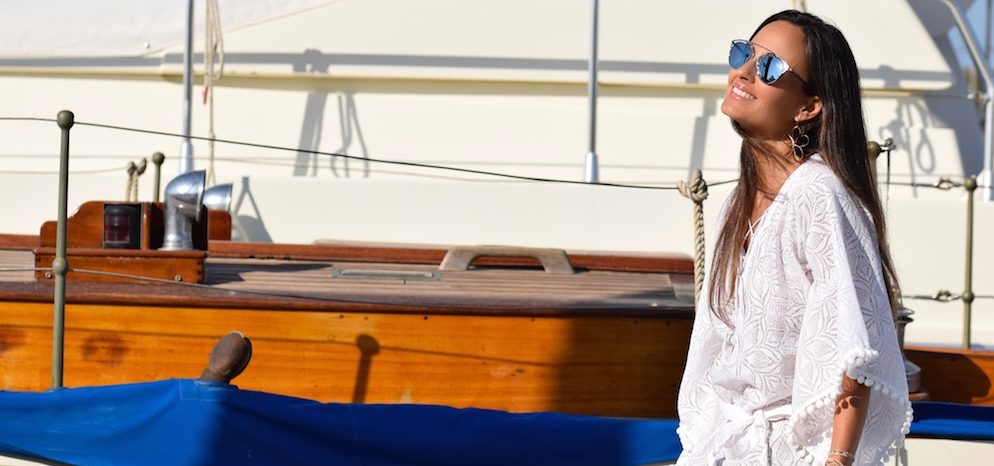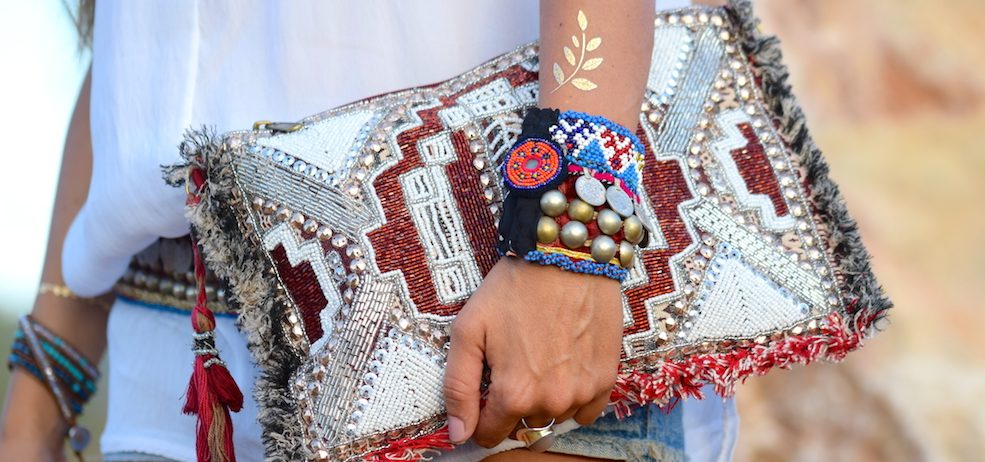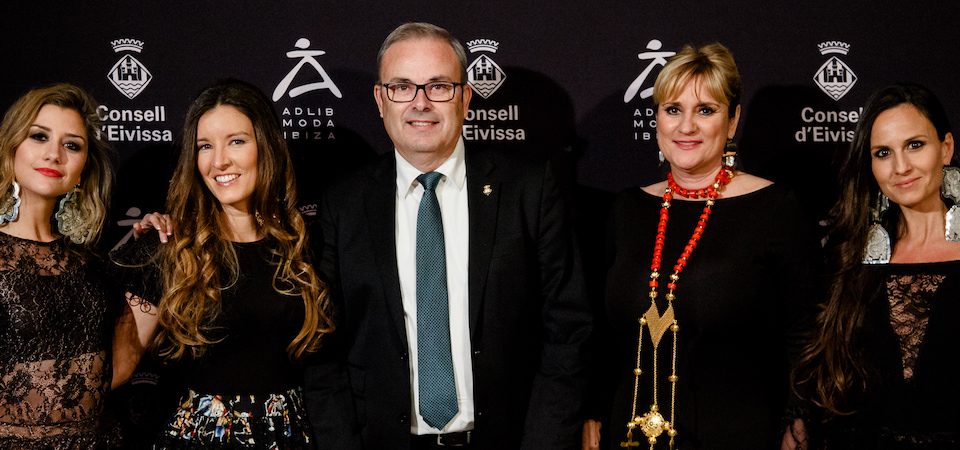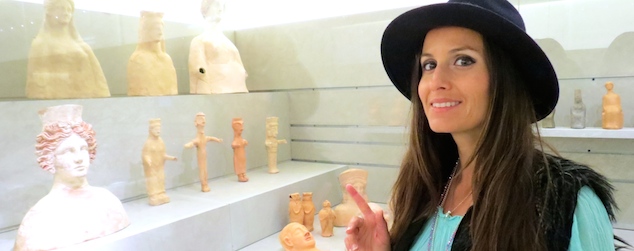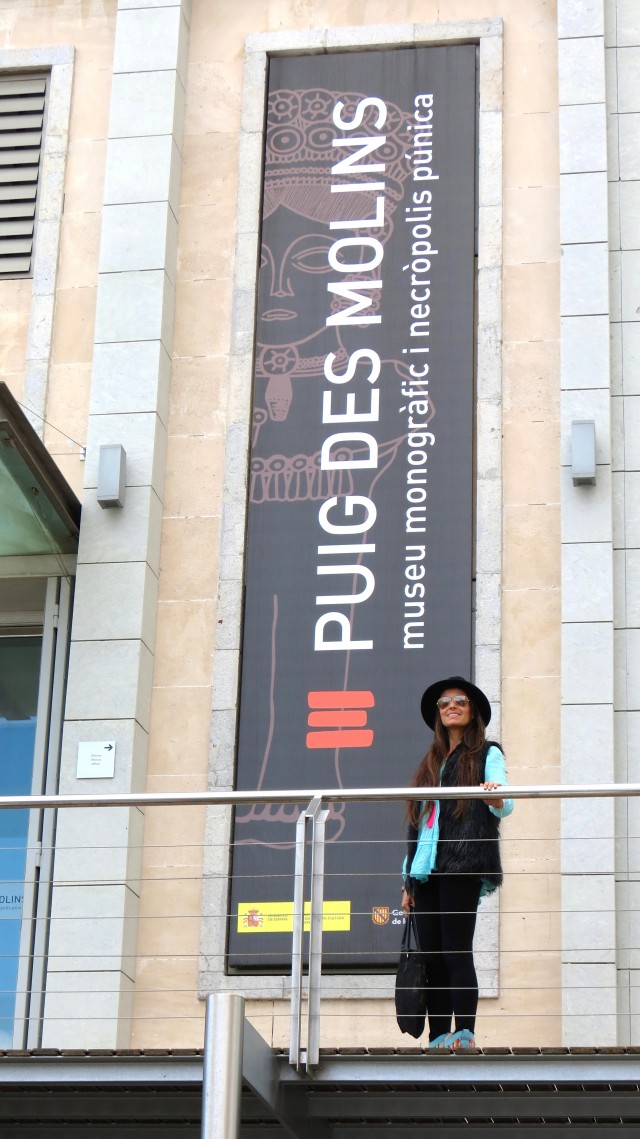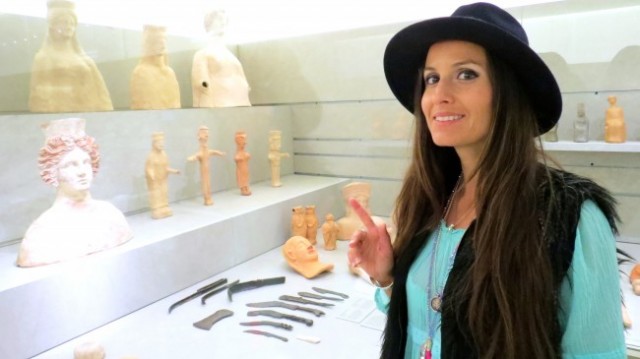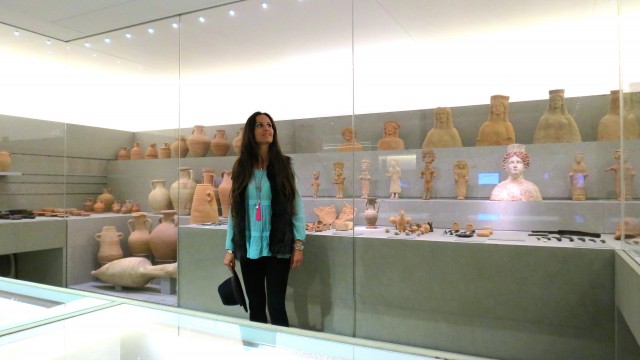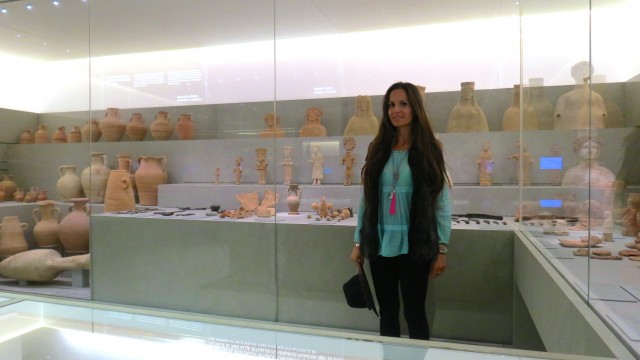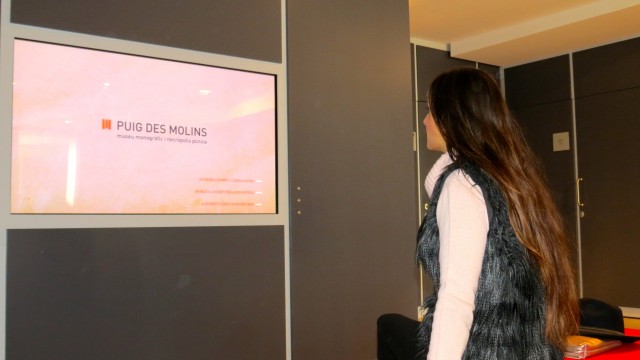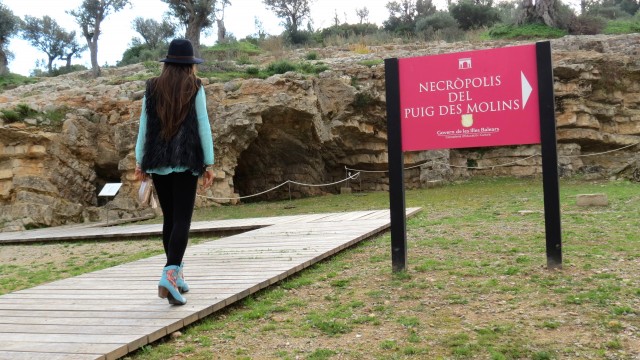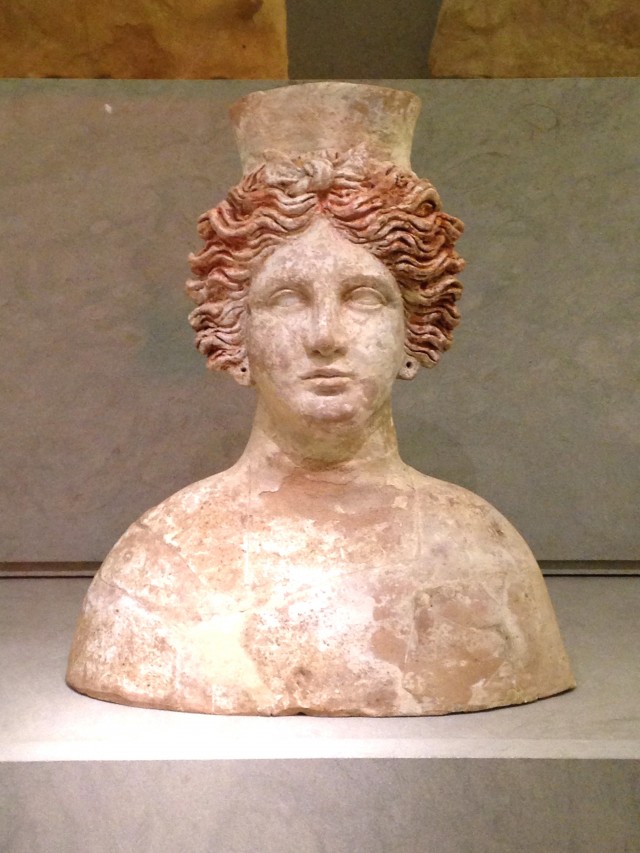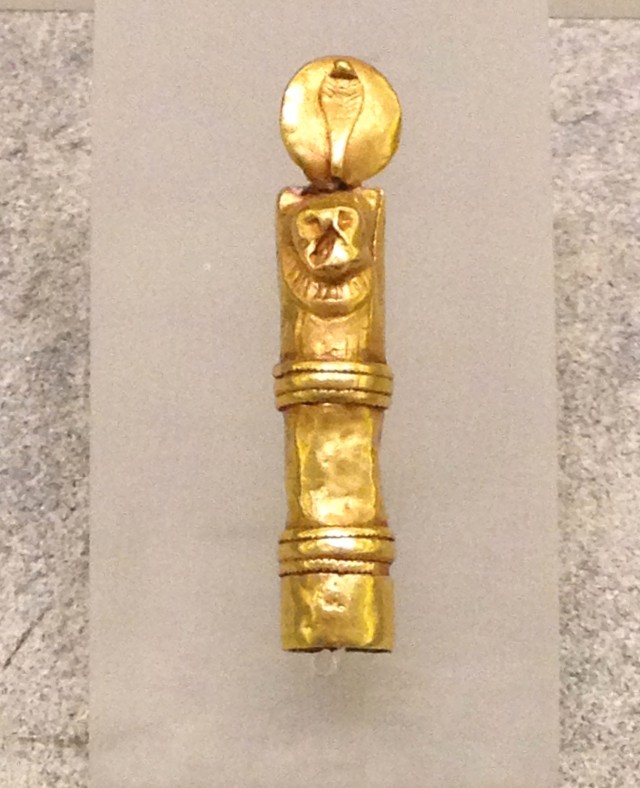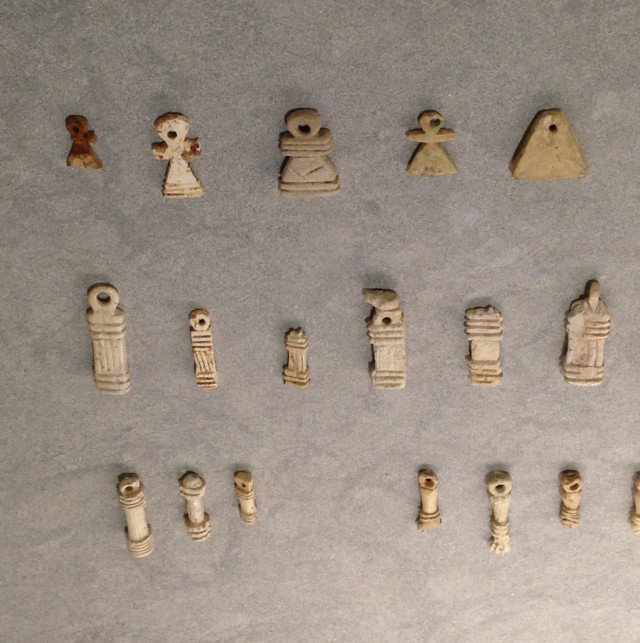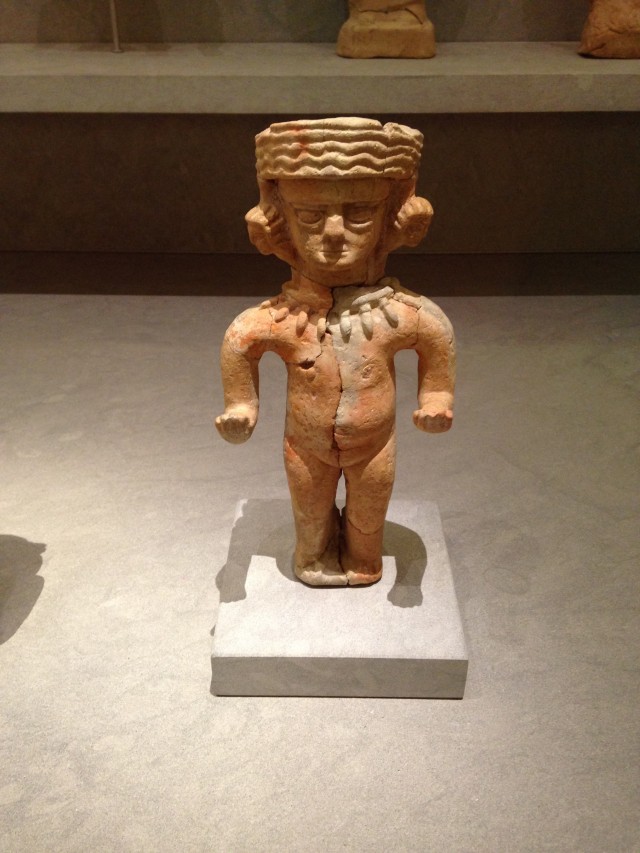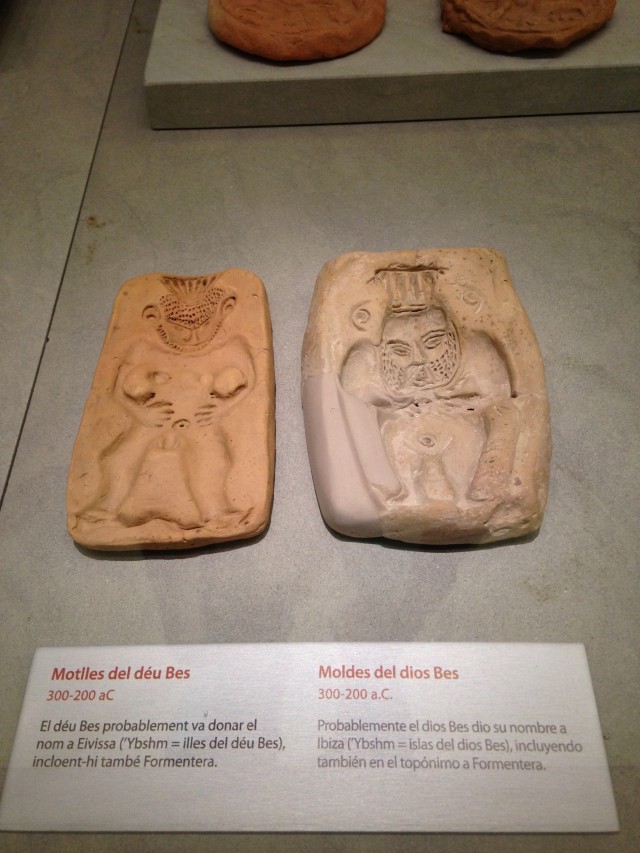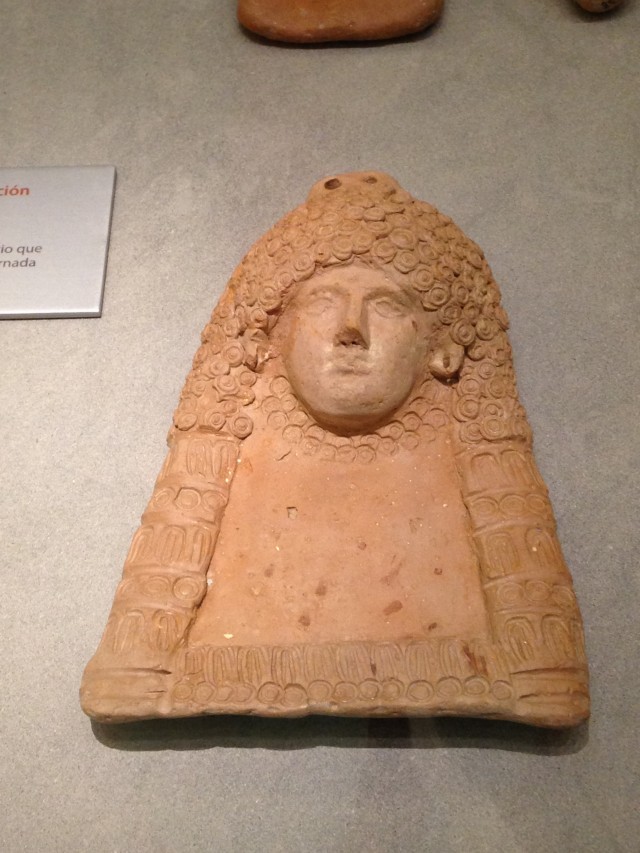Hello Everybody!
It’s long time I want to tell you about this magical and beloved place on the island where you can feel the energy and the presence of goddess Tanit. It’ s a beautiful and peaceful place to have a walk or to take a moment for yourself meditating in the nature.
Es Culleram is a natural and artifical cave located few km away from Cala San Vicente at 150 mt in hight. It was discvered in 1907, and the same year the archaeological society of Ibiza carried out there a great excavations campaign, discovering a large number of terracotta figures, as well as other materials. Since the V b.C. century, during the Phoenician-Punic period, the cave became a sanctuary first dedicated to Reseph- Melkart and after on III or II century to the goddess Tanit. As an organized temple at least, it was almost abandoned in the advance II b.C. century.
You can appreciate the beautiful figuers at the museum of Necropoli des Puig des Molins. Check my post her
Don’t miss it if you come to Ibiza!!
See you soon, Natalia
–
Hola a todos!!
hace mucho tiempo que os quería hablar de este sitio tan mágico en el medio del bosque a unos kilómetros de Cala San Vicente en el norte de la isla. Es un sitio muy querido por la gente de aquí ya que en los tiempos de los fenicios era un santuario dedicado a la Diosa Tanit. Es un sitio perfecto para hacer un buen paseo o para dedicar un momento a vosotros mismos, quizá meditando en el medio de la naturaleza.
Es Culleram es una cueva a unos 150 metros de altura, y arqueológicamente hablando fue descubierta en el ano 1907. En el mismo año se organizó una gran campana de excavaciones que conllevó el descubrimiento de numerosísimas figuras de terracota aparte de otros materiales. En la época fenicio púnica, a partir del siglo V antes de Cristo, la cueva se convirtió en santuario, primero dedicado a Reseph-Melkart y, después, ya en el siglo III o II a.C. dedicado a Tanit. Como templo organizado fue casi abandonado al final del siglo II a.C.
Podéis ver y apreciar la figuritas de terracota en el museo de la Necrópolis del Puig des Molins. Ver mi post. Pronto dedicarè un post a la diosa Tanit.
Hasta pronto,
Natalia
–
Buongiorno a tutti,
oggi finalmente voglio parlarvi di un luogo veramente speciale che conosco da tantissimi anni, da quando sono venuta a vivere sull’ isola e che mi ha sempre affascinato per la pace e l’ energia che trasmette. Si trova immerso in una bellissima foresta di pini nel nord dell’ isola, a pochi km dalla famosa spiaggia di Cala San Vicente.
E’ un luogo amato da molta gente dell’ isola, in quanto in epoca fenicia fu un santuario dedicato alla Dea Tanit che ancora viene considerata come la divinità protettrice di Ibiza.
Es Culleram è una grotta in parte naturale e in parte artificiale che si trova a 150 metri d’altezza e che archeologicamente parlando venne scoperta nel 1907. Nello stesso anno iniziò una campagna di scavi che permise la scoperta di numerose figure di terracotta, all’ incirca 600, oltre ad altri materiali. Durante l’ epoca fenicio punica, e precisamente a partire dal V sec. a. C. la grotta divenne un santuario dedicato a Reseph Melkart e in seguito, già nel secolo III o II, dedicato a Tanit. Fu abbandonato intorno al II sec. a.C. Potete vedere i reperti che vi sono stati trovati presso il museo del Puig des Molins del quale vi ho parlato in un mio post qualche mese qua. Potete leggere qui.
Vi consiglio vivamente di visitare questo luogo perchè è uno di quei tesori antichi che Ibiza conserva gelosamente, ricco di storia e di magia.
A prestissimo,
Natalia
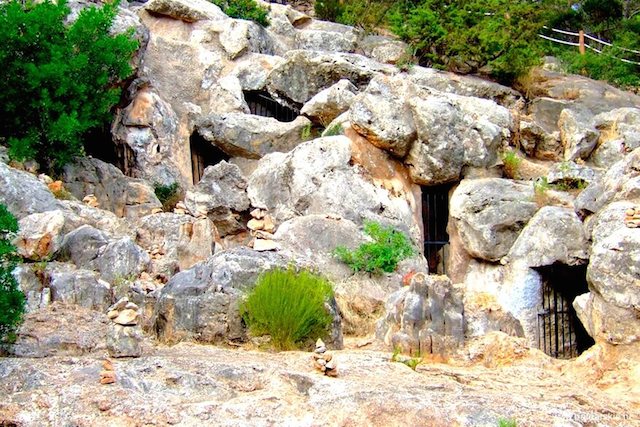
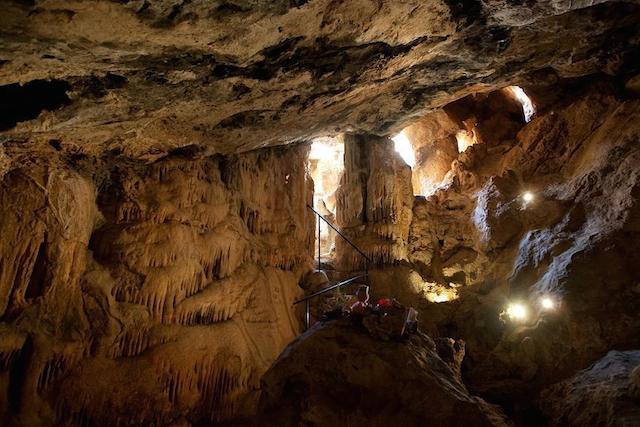

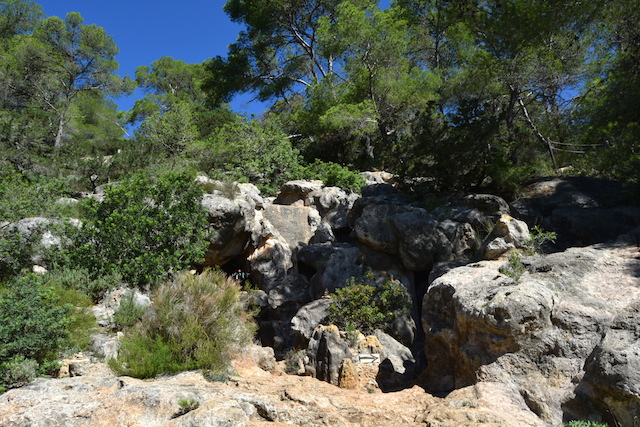

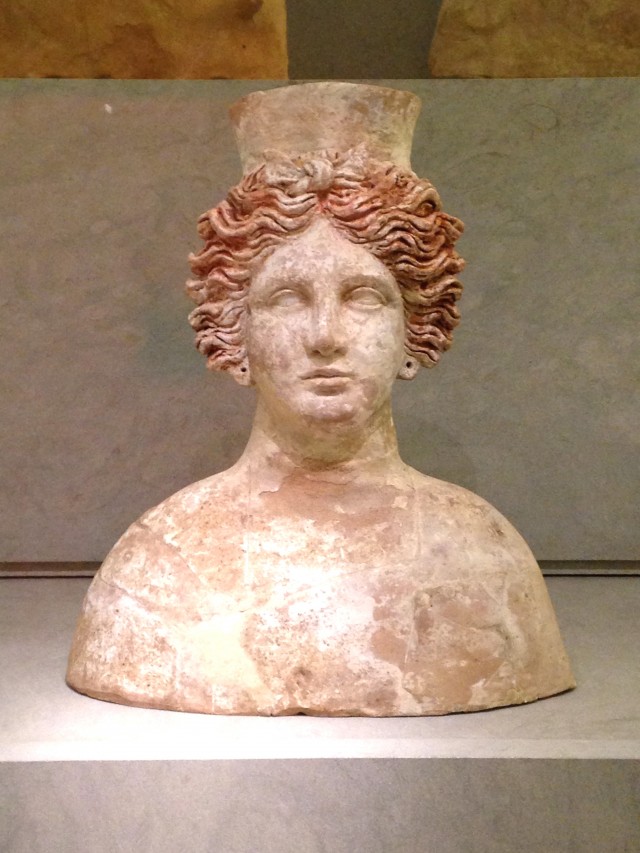
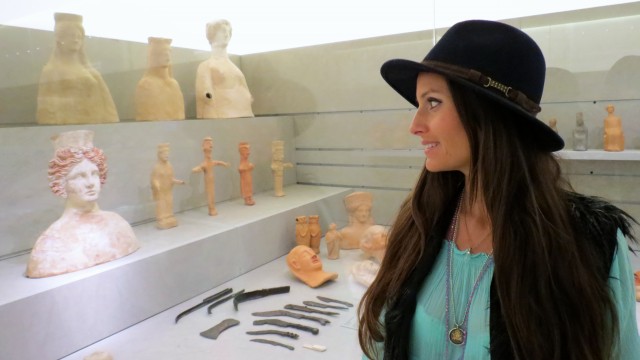

Thanks:
Consell Insular d’ Eivissa i Formentera


